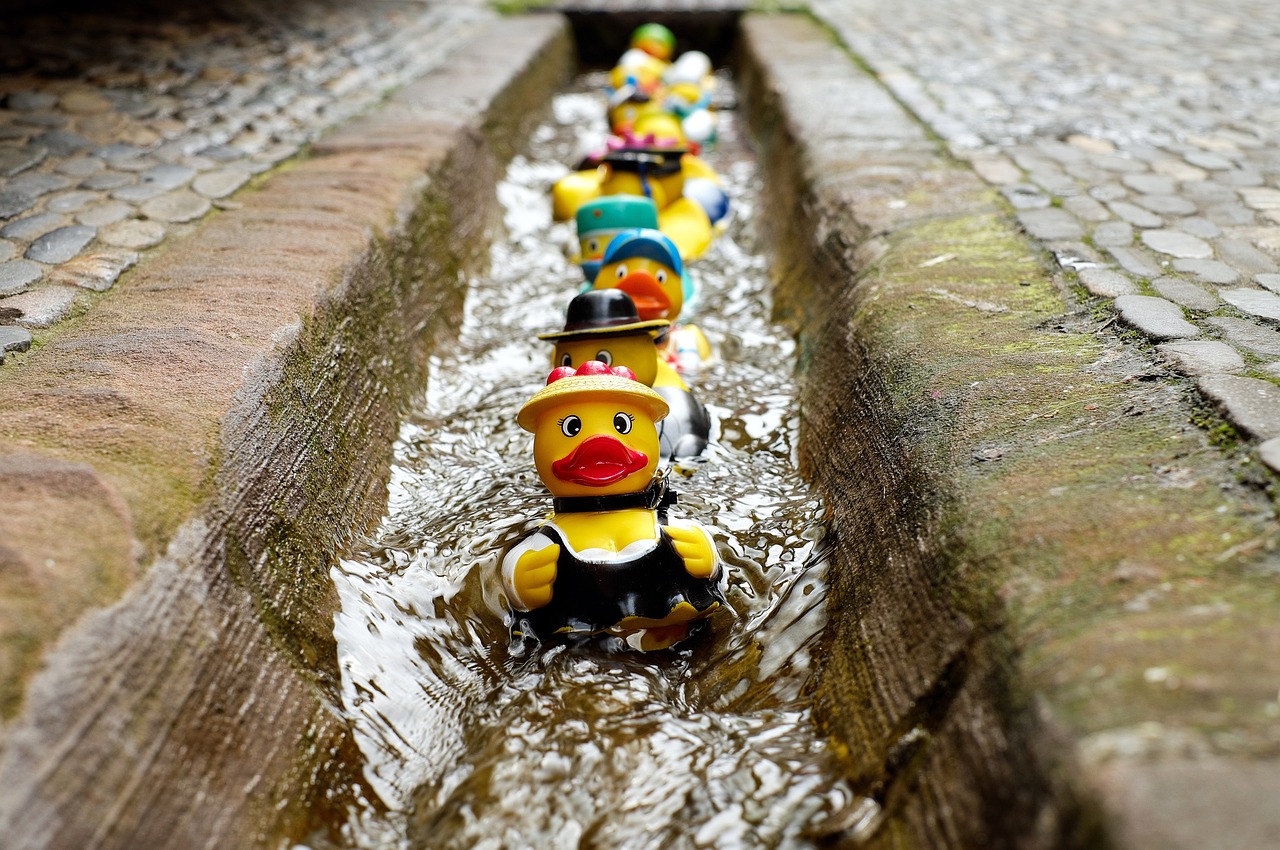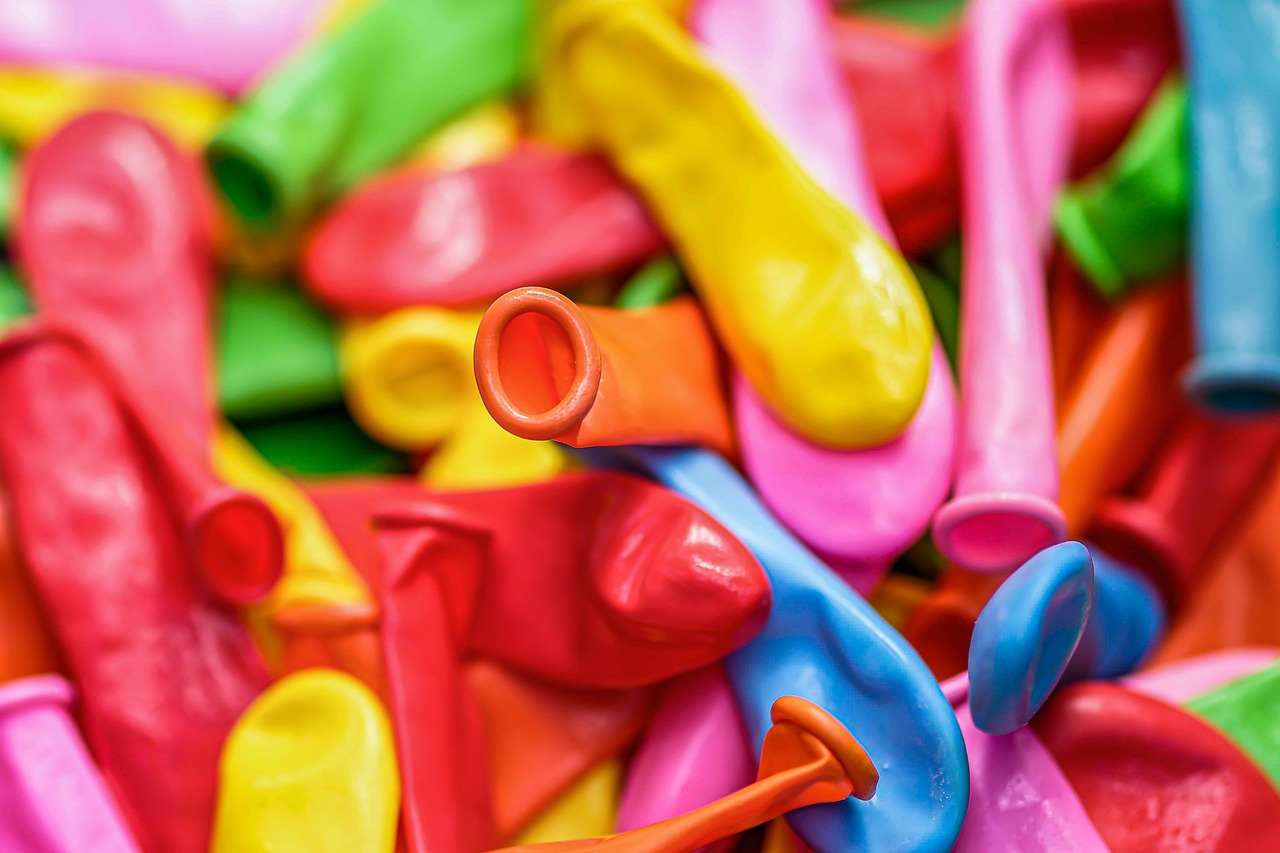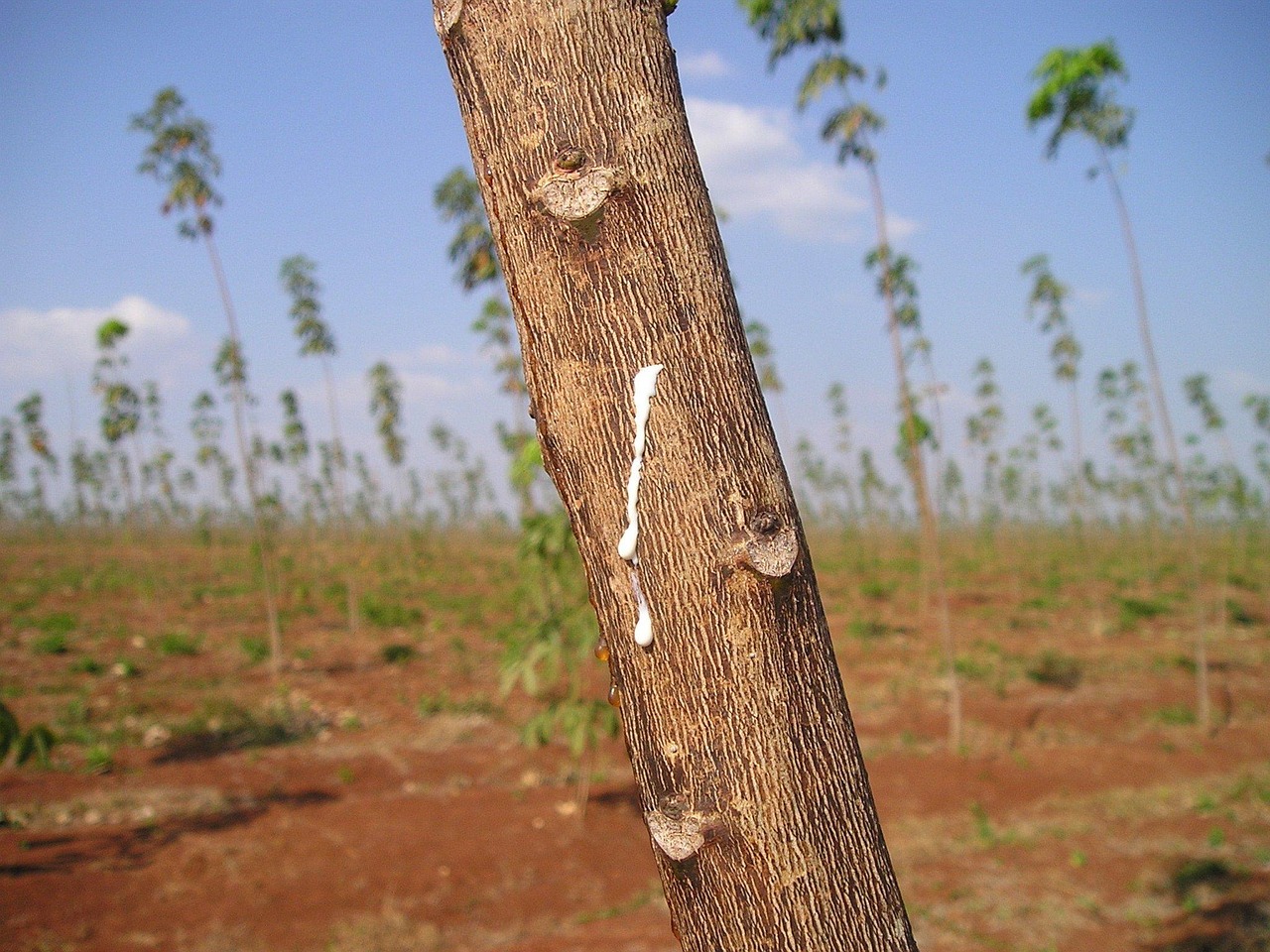Rubber trees typically exhibit a moderate growth rate, averaging about 12 to 24 inches per year when cultivated indoors under optimal conditions. Factors such as light, humidity, and watering practices significantly influence this growth rate.
Understanding Rubber Trees
The rubber tree, scientifically known as Ficus elastica, is a popular choice among indoor plant enthusiasts. Native to Southeast Asia, this evergreen tree is renowned for its glossy leaves and sturdy structure. It can grow quite tall in its natural habitat, but when grown indoors, it tends to remain more compact.

One of the key attractions of the rubber tree is its ability to thrive in various indoor environments. This adaptability makes it an excellent choice for both novice and experienced plant caretakers. However, understanding its growth rate is essential for providing the best care possible.
Factors Influencing Growth Rate
Several factors can impact how quickly a rubber tree grows indoors. Here are some of the most significant:
- Light: Rubber trees prefer bright, indirect sunlight. Insufficient light can lead to slow growth or even leaf drop.
- Water: Regular watering is crucial. Overwatering can cause root rot, while underwatering can stunt growth.
- Humidity: Rubber trees thrive in higher humidity levels. Dry air can affect their overall health and growth.
- Temperature: These plants prefer warm temperatures, ideally between 60°F and 75°F.
- Soil Quality: Well-draining soil rich in organic matter promotes healthy growth.
Growth Stages of Rubber Trees
The growth of rubber trees can be divided into several stages, each characterized by different care requirements. Understanding these stages helps indoor gardeners provide appropriate support for their plants.

| Growth Stage | Description | Care Tips |
|---|---|---|
| Seedling | This initial stage lasts a few months after planting. The plant develops roots and small leaves. | Keep the soil moist and provide indirect sunlight. |
| Juvenile | The young plant begins to grow more leaves and height. This stage can last up to two years. | Increase watering frequency and ensure adequate light exposure. |
| Mature | A fully grown rubber tree can reach heights of 6 feet or more if well cared for. | Prune regularly to encourage bushy growth and remove any dead leaves. |
Expected Growth Rates
The average growth rate for rubber trees varies based on conditions. Below are some typical growth rates based on the care provided:
| Condition | Growth Rate (inches per year) |
|---|---|
| Optimal Care (Bright Light, Proper Watering) | 18-24 inches |
| Adequate Care (Moderate Light, Regular Watering) | 12-18 inches |
| Poor Care (Low Light, Inconsistent Watering) | 0-12 inches |
This information emphasizes the importance of providing ideal growing conditions for your rubber tree. By optimizing light, water, and humidity levels, you can encourage healthy growth and a thriving indoor garden.
Common Issues Affecting Growth
Even with proper care, indoor rubber trees can face challenges that may hinder their growth. Some common issues include:

- Pests: Spider mites and aphids can damage leaves and slow growth.
- Leaf Drop: This often occurs due to sudden changes in temperature or light.
- Root Rot: Caused by overwatering; it can severely affect plant health.
- Pale Leaves: This may indicate insufficient light or nutrient deficiencies.
Monitoring your rubber tree for these issues ensures you can address problems early. By understanding the factors that influence growth and maintaining optimal conditions, you can enjoy the beauty of a flourishing rubber tree indoors.
Optimal Growing Conditions for Rubber Trees
To achieve the best growth rates for your rubber tree, it’s crucial to create and maintain optimal growing conditions. This section will delve deeper into the essential elements that contribute to a healthy and thriving indoor rubber tree.
Light Requirements
Light is one of the most critical factors affecting the growth of rubber trees. Here’s what you need to know about their lighting needs:
- Indirect Sunlight: Rubber trees thrive best in bright, indirect sunlight. Direct sunlight can scorch their leaves.
- Artificial Lighting: If natural light is limited, consider using grow lights. LED grow lights can provide the necessary spectrum of light for healthy growth.
- Light Duration: Aim for 10 to 12 hours of light each day to promote robust growth.
Watering Techniques
Proper watering is vital to prevent issues like root rot while ensuring your rubber tree receives enough moisture. Here are some effective watering techniques:

- Soil Check: Always check the top inch of soil before watering. If it feels dry, it’s time to water.
- Watering Schedule: During the growing season (spring and summer), rubber trees may require more frequent watering compared to fall and winter.
- Drainage: Ensure your pot has drainage holes. Excess water should be able to escape to prevent root rot.
Humidity and Temperature
Rubber trees prefer higher humidity levels, typically between 40% and 60%. Here are ways to maintain these conditions:
- Humidity Trays: Place a tray filled with water and pebbles under the pot to increase humidity around the plant.
- Misting: Occasionally misting the leaves can help boost humidity levels, especially in dry environments.
- Temperature Range: Maintain indoor temperatures between 60°F and 75°F. Avoid placing your rubber tree near drafts or heating vents.
Nutrient Needs for Healthy Growth
Nutrients play a significant role in promoting growth and overall health. Understanding how to fertilize your rubber tree can yield excellent results.
Types of Fertilizers
Selecting the appropriate fertilizer is essential for supporting your rubber tree’s growth. Here are some options:
- Balanced Fertilizer: A balanced formula (such as 10-10-10) can provide an even mix of nitrogen, phosphorus, and potassium.
- Slow-Release Fertilizer: This option provides nutrients gradually over time, reducing the need for frequent applications.
- Organic Options: Compost or worm castings can be beneficial for promoting healthy soil and plant growth.
Fertilizing Schedule
A proper fertilizing schedule is key for maintaining healthy growth:
- During the growing season (spring and summer), fertilize every 4-6 weeks.
- Reduce or stop fertilizing during the dormant season (fall and winter).
- Always follow the manufacturer’s instructions on the fertilizer package for application rates.
Pruning and Maintenance
Regular pruning and maintenance are essential for encouraging bushy growth and managing plant size. Here are some tips for effective pruning:
When to Prune
The best time to prune your rubber tree is during the growing season.
- Spring and Summer: This is when the plant is actively growing, making it easier to recover from pruning.
- Avoid Winter Pruning: Pruning during dormancy can stress the plant and hinder growth.
How to Prune
Follow these steps for successful pruning:
- Use clean, sharp pruning shears to avoid damaging the plant or introducing disease.
- Remove any dead or yellowing leaves to promote new growth.
- Cut back leggy growth to encourage a fuller shape.
Pest Management Strategies
Pests can pose a threat to your rubber tree’s health. Implementing effective pest management strategies is essential for prevention and treatment.
Common Pests
Indoor rubber trees may encounter several pests, including:
- Spider Mites: These tiny pests thrive in dry conditions and can cause leaf discoloration.
- Aphids: These insects feed on sap, weakening the plant over time.
- Mealybugs: They leave a sticky residue on leaves, which can attract other pests.
Pest Control Methods
Consider these methods for managing pests effectively:
- Insecticidal Soap: This organic solution can effectively eliminate soft-bodied insects without harming the plant.
- Natural Predators: Introducing beneficial insects like ladybugs can help control pest populations.
- Regular Inspections: Frequently check your plant for signs of pests. Early detection makes treatment easier.
By ensuring optimal growing conditions, proper feeding, regular maintenance, and pest management, you will significantly enhance your rubber tree’s growth rate and overall health.
Propagation Techniques for Rubber Trees
For indoor plant enthusiasts, propagating rubber trees can be a rewarding experience. This section will explore various methods for propagating Ficus elastica, allowing you to expand your collection or share plants with friends and family.
Methods of Propagation
There are several effective methods for propagating rubber trees, including stem cuttings and air layering. Each method has its advantages and specific steps to follow.
Stem Cuttings
Stem cuttings are one of the most popular methods for rubber tree propagation. Here’s how to do it:
- Select a Healthy Cutting: Choose a healthy stem with at least two or three leaves. The cutting should be about 4-6 inches long.
- Make the Cut: Using clean, sharp scissors, cut just below a leaf node. This encourages root growth.
- Prepare for Rooting: Remove the lower leaves from the cutting, leaving one or two at the top.
- Rooting Medium: Place the cutting in a glass of water or a pot filled with moist potting soil. If using soil, ensure it is well-draining.
- Provide Conditions: Keep the cutting in a warm, bright location but out of direct sunlight. Change the water regularly if rooting in water.
- Wait for Roots: Roots should develop within a few weeks. Once they are a few inches long, transplant the cutting into a pot with soil.
Air Layering
Air layering is another effective propagation technique that produces strong plants. Here’s how you can perform air layering:
- Choose a Branch: Select a healthy branch that is at least one year old and has good growth.
- Make an Incision: Carefully make a small upward cut (about one-third through the stem) about 12-18 inches from the tip of the branch.
- Add Rooting Hormone: Apply rooting hormone to the cut area to encourage root development.
- Wrap in Moist Sphagnum Moss: Wrap the area around the cut with moist sphagnum moss. Secure it with plastic wrap or aluminum foil to keep it moist.
- Wait for Roots: After several weeks, check for root development. Once roots are visible through the moss, the branch can be cut below the new roots.
- Transplant: Plant the rooted section into a pot filled with well-draining soil.
Post-Propagation Care
After propagating your rubber tree, proper care is essential to help it thrive. Here are some tips:
- Watering: Keep the soil slightly moist but avoid overwatering. New plants are sensitive to excess moisture.
- Light Conditions: Provide bright, indirect light to help the new plant acclimate and encourage growth.
- Humidity: Higher humidity levels will support healthier growth. Consider using a humidity tray or regular misting.
- Avoid Fertilizing Initially: Wait at least a month before fertilizing the new plant to allow it to establish roots.
Common Challenges in Rubber Tree Care
Caring for rubber trees can present challenges, especially for indoor gardeners. Identifying and addressing these issues is crucial for maintaining a healthy plant.
Leaf Issues
Leaf problems can signal underlying issues with care. Here are common leaf issues and their causes:
| Leaf Issue | Description | Possible Causes |
|---|---|---|
| Yellow Leaves | The leaves turn yellow and may fall off. | Overwatering, poor drainage, or nutrient deficiencies. |
| Browning Edges | The edges of leaves turn brown and crispy. | Lack of humidity, underwatering, or exposure to drafts. |
| Dropping Leaves | The plant sheds leaves suddenly. | Sudden changes in temperature or light conditions. |
| Pale Leaves | The leaves lose their vibrant color and appear washed-out. | Insufficient light or nutrient deficiencies. |
Pest Infestations
Pest infestations can weaken your rubber tree if not addressed promptly. Regular monitoring helps catch issues early. Here are additional pest management strategies:
- Cultural Practices: Maintain good hygiene by cleaning leaves regularly and removing any dead foliage.
- Pesticide Use: If natural methods are ineffective, consider using chemical pesticides as a last resort. Always follow application instructions carefully.
- Diluted Alcohol Solution: A mixture of isopropyl alcohol and water can help remove pests like mealybugs without harming the plant.
Environmental Impact on Growth Rate
The environment where your rubber tree is placed has a significant impact on its growth rate. Factors like air circulation, space, and external weather conditions should be considered.
Air Circulation and Space
Sufficient air circulation is important for preventing mold and pest infestations. Ensure your rubber tree has enough space to grow without being crowded by other plants. Here are some recommendations:
- Avoid Overcrowding: Give your rubber tree ample room to spread its leaves and branches.
- Adequate Ventilation: Place your plant in an area with good airflow to prevent stagnant air that could lead to mold growth.
External Weather Conditions
If you place your rubber tree near windows or doors, consider how external weather affects it:
- Temperature Fluctuations: Sudden changes in temperature from drafts can stress the plant.
- Direct Sunlight Exposure: While rubber trees like bright light, prolonged direct sunlight can scorch their leaves. Adjust placement as needed.
Caring for your rubber tree involves understanding its needs
Long-Term Care and Maintenance of Rubber Trees
Once your rubber tree is established, long-term care and maintenance are essential for promoting continued growth and health. This section will explore the ongoing practices that help ensure your plant remains vibrant and thriving for years to come.
Routine Care Practices
Regular care practices can significantly impact the health and appearance of your rubber tree. Here are some important aspects to consider:
- Regular Watering: Develop a consistent watering schedule based on the season. During the growing season, you may need to water more frequently compared to the dormant winter months.
- Dusting Leaves: Dust can accumulate on the leaves, hindering photosynthesis. Gently wipe the leaves with a damp cloth or give them a light shower to keep them clean.
- Repotting: Every 1-2 years, check if your rubber tree has outgrown its pot. Repotting into a larger container with fresh soil can provide more nutrients and space for root growth.
Seasonal Adjustments
Adjusting care based on seasonal changes can help your rubber tree adapt to varying conditions:
- Spring and Summer: Increase watering frequency as the plant grows actively. Fertilize every 4-6 weeks to support new growth.
- Fall and Winter: Reduce watering as the plant enters dormancy. Avoid fertilization during this period to prevent stress on the plant.
Monitoring Plant Health
Keeping an eye on your rubber tree’s health is vital for catching any issues early. Regularly check for signs of distress, such as:
- Leaf Color Changes: Monitor for yellowing, browning, or dropping leaves, which can indicate various problems.
- Pest Activity: Look for signs of pests like webs, sticky residue, or visible insects on the leaves.
- Growth Patterns: If your rubber tree stops growing or shows stunted growth, consider checking its care conditions.
Integrating Rubber Trees into Your Indoor Space
Rubber trees can enhance the aesthetics of your indoor environment. Their striking foliage and structure make them a perfect addition to various rooms. Here are ways to integrate them effectively:
Choosing the Right Location
Selecting the optimal location for your rubber tree is crucial for its growth and visual appeal:
- Living Areas: Place rubber trees in bright living areas, such as near windows where they can receive indirect light.
- Office Spaces: They can add a touch of nature to office spaces, improving air quality and creating a calming atmosphere.
- Entryways: Positioning a rubber tree in an entryway can create an inviting first impression for guests.
Aesthetic Considerations
The visual impact of rubber trees can be enhanced through careful placement and styling:
- Pairing with Other Plants: Combine rubber trees with other houseplants of varying heights and textures for a dynamic display.
- Using Decorative Pots: Choose attractive pots that complement your interior design while providing appropriate drainage.
- Create Levels: Use plant stands to elevate your rubber tree, allowing it to stand out in the space.
Final Thoughts
Caring for a rubber tree can be a fulfilling endeavor for indoor plant enthusiasts. Understanding its growth rate and needs allows you to create an environment where it can flourish. By providing optimal light, water, humidity, and nutrients, you’ll support healthy growth and create a stunning indoor centerpiece.
Additionally, being aware of common challenges like pests and environmental factors can help you maintain a robust plant. With patience and care, your rubber tree can thrive, offering beauty and air purification benefits for many years. Whether you propagate new plants or simply enjoy the existing ones, the journey of nurturing rubber trees can be both rewarding and enjoyable.
